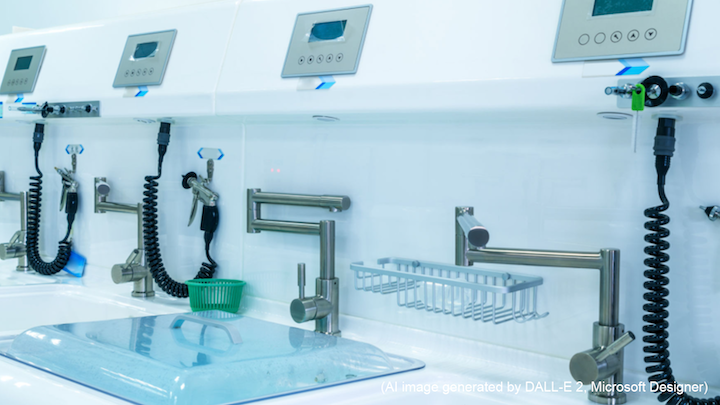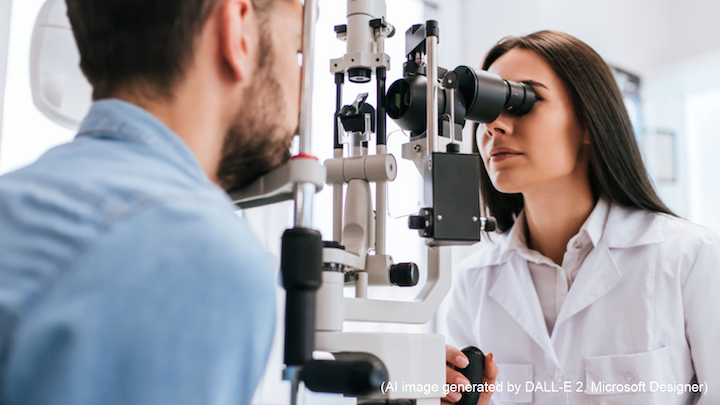Latest articles

2023.04.30 17:21
#0077 Effects of workplaces receiving "accreditation of health workplaces" on breastfeeding promotion, parental leave, and gender equality
Abreast of the Times: Are Taiwanese companies supportive of breastfeeding?Breastfeeding is undeniably the best source of nutrition for infants, and carries with it numerous benefits for the mental, physical, and social development of both child and mother. Unfortunately, many women have to stop breastfeeding too early after resuming work because their workplace does not encourage it or provide appropriate support.The promotion (or neglect) of breastfeeding policies in the workplace can be seen as an issue of gender equality, and several countries have taken measures amidst the ongoing transformation towards more inclusive societies. In 2007, the Taiwanese government issued badges for the “Accreditation of Healthy Workplaces” to companies and organizations that met certain criteria, such as tobacco control and health promotion policies. However, it is not clear if the state of breastfeeding is different between accredited and non-accredited companies.To shed light on this issue, we surveyed more than 3500 Taiwanese companies with a questionnaire that delved into breastfeeding policies, support, and infrastructure, as well as the company’s stance and measures on issues of gender equality. Over 1000 companies with accreditation responded, as well as over 500 companies without it.Through statistical analyses, we determined that accredited companies were more likely to have mother-friendly settings, including breastfeeding-related documents, breastmilk preserving and extraction equipment, and private breastfeeding rooms. These companies tended to actively encourage breastfeeding among its employees and also implemented gender-friendly policies. This included spreading information about gender equality, publicizing anti-harassment policies, and offering work flexibility for women returning to work after maternal leave.Overall, the results show that the measures taken by accredited companies successfully promoted the continuation of breastfeeding among women after resuming work. Our work is the first survey of breastfeeding, gender equality, and parental leave in Taiwanese companies; there seems to be a marked relationship between the accreditation of a healthy workplace and better breastfeeding support. It is possible these differences between accredited and non-accredited companies also stem from location and company size.Considering the many benefits associated with breastfeeding, it is important that we delve deeper into what companies are doing to support and encourage it.
0





























